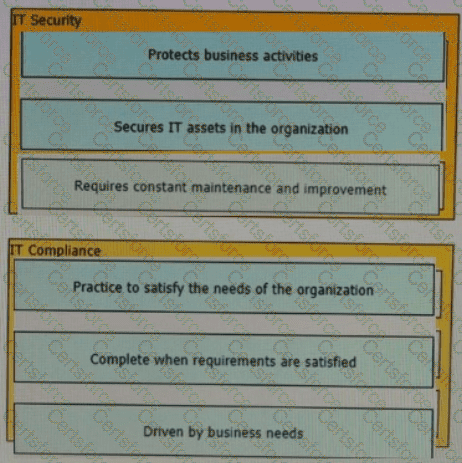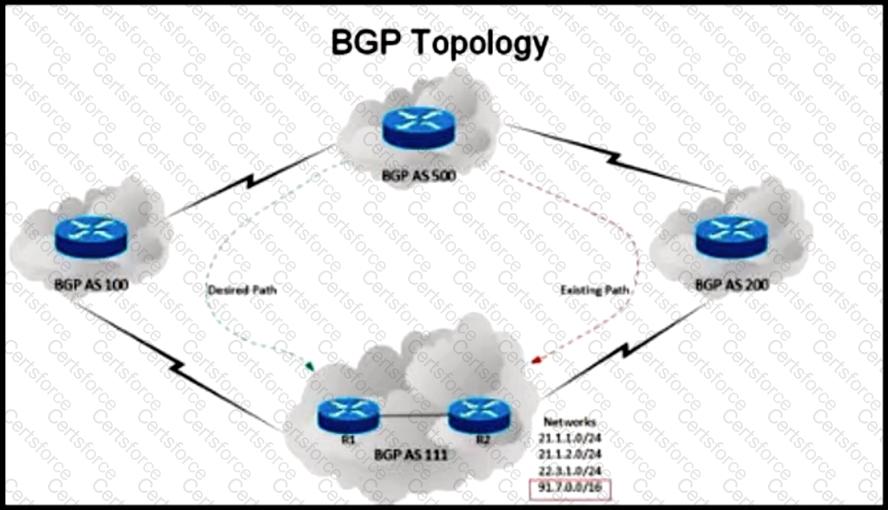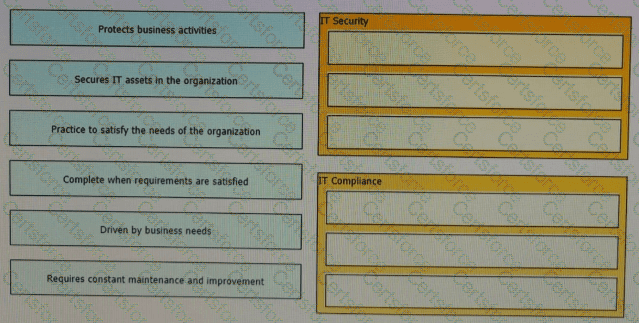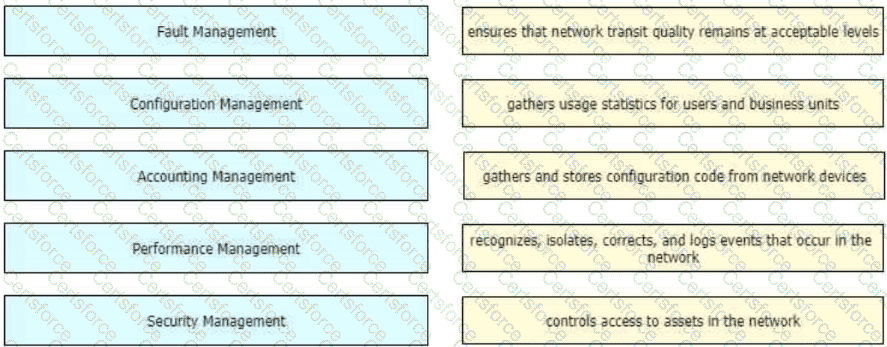
????QUESTION NO: 374 [Business-Driven Design Approaches]
Organic growth or decline affects network demands over time. Which tool helps in designing and operationalizing networks under changing conditions?
A. Change management
B. Modularity
C. Mobility
D. Monitoring
Answer: B
????Explanation:
B: Modularity is a core principle of scalable network design. It allows the network to grow or shrink in response to organic changes in business demand, supporting agility, easier management, and minimal disruption during change.
Other options:
A: Change management is about documenting and approving changes—not a design principle.
C: Mobility refers to user/device flexibility, not structural adaptability.
D: Monitoring detects changes but doesn’t help design the network.
==========
???? QUESTION NO: 375 [Protocol Design Implications]
Company XYZ uses OSPF over redundant paths. What effect does BFD have during a link failure?
A. It would drop the dead peer detection time to a single hello
B. It would keep an alternate path ready in case of a link failure
C. It would optimize the route summarization feature of OSPF
D. It would detect that the neighbor is down in a subsecond manner
Answer: D
????Explanation:
D: BFD (Bidirectional Forwarding Detection) provides subsecond failure detection that is significantly faster than standard OSPF dead timers. When integrated with OSPF, it enables rapid neighbor failure detection, thus speeding up convergence.
Other options:
A: “Single hello” is not a valid BFD metric.
B: BFD does not influence path availability—it only detects failures quickly.
C: BFD doesn’t interact with summarization.
????QUESTION NO: 376 [Security, Automation, and Policy Integration in Design]
What two elements are critical for security and compliance in hybrid cloud environments? (Choose two)
A. Cloud integration and data security
B. Tighter controls based on dynamic policy enforcement
C. Security event and data interoperability
D. Flexible controls based on policy application
E. Orchestration and cross-cloud access security
Answer: C, E
????Explanation:
C: Security event and data interoperability ensures that logs, alerts, and policies can be analyzed across different platforms (private and public clouds), which is vital for compliance and response.
E: Hybrid clouds require secure orchestration across multiple cloud domains, including federated identity, access control, and monitoring across cloud boundaries.
Other options:
A: Too broad; integration is not specific to security/compliance.
B and D: These relate to policy enforcement but don’t directly address interoperability or compliance across multiple clouds.
==========
???? QUESTION NO: 377 [Security, Automation, and Policy Integration in Design]
To protect against future perimeter breaches, which two design options can help? (Choose two)
A. Microzoning
B. Segmentation
C. Domain fencing
D. Virtualization
E. Microperimeters
Answer: B, E
????Explanation:
B: Segmentation isolates network zones (e.g., separating finance from guest access), limiting lateral movement after a breach.
E: Microperimeters apply security controls closer to the application or workload, providing granular control and defense in depth.
Other options:
A: Microzoning is not a widely defined or standard practice in network security.
C: Domain fencing is not a standard security term or methodology.
D: Virtualization is a technology, not a security architecture.
????QUESTION NO: 378 [Network Architecture Principles]
A customer is migrating from a traditional Layer 2 data center to a VXLAN spine-leaf SDN architecture. Applications cannot be readdressed, and migration must occur incrementally. How should the legacy and new networks be connected?
A. via Layer 3 links to border leaf switches
B. via a Layer 2 trunk and Layer 3 routed links to border leaf switches
C. via a Layer 2 trunk and Layer 3 routed links to spine switches
D. via a Layer 2 trunk to border leaf switches
Answer: D
????Explanation:
D: A Layer 2 trunk to the border leaf allows seamless VLAN extension between the legacy Layer 2 domain and the VXLAN-based fabric. This supports application migration without readdressing. Border leaf switches are used to bridge the traditional and VXLAN segments while maintaining MAC learning and VLAN consistency.
Incorrect Options:
A & B: Layer 3 links alone would require readdressing or routing, violating the constraint.
C: Spine switches typically do not handle VLAN bridging or policy enforcement directly.
==========
???? QUESTION NO: 379 [Business-Driven Design Approaches]
Scrum and Kanban are Agile methodologies. In which two scenarios is Kanban more appropriate? (Choose two)
A. acquisition of automation tools
B. carrier lead times
C. network configuration design
D. physical hardware deployment
E. logical topology deployment
Answer: B, D
????Explanation:
B: Kanban is suited for environments with variable lead times, such as carrier provisioning, where tasks arrive irregularly and are processed continuously.
D: Physical hardware deployment is dependent on availability and external logistics—Kanban helps manage such workflows where task durations are less predictable.
Incorrect Options:
A: Tool acquisition is typically a one-off project rather than a workflow suited for Kanban.
C & E: These are better suited for Scrum when planning sprints and structured deployments.
==========
???? QUESTION NO: 380 [Security, Automation, and Policy Integration in Design]
The network has high CPU usage due to excessive inbound traffic impacting the control and management planes. What should be implemented?
A. control plane policing
B. deep interface buffers
C. TCAM carving
D. modular QoS
Answer: A
????Explanation:
A: Control Plane Policing (CoPP) protects the control plane by rate-limiting or dropping unnecessary or malicious traffic destined for the CPU. This is essential in preventing routing and management plane starvation under high traffic conditions.
Incorrect Options:
B: Deep buffers help in data plane congestion, not control plane CPU usage.
C: TCAM carving relates to hardware forwarding table allocations, not CPU protection.
D: Modular QoS is valuable for traffic shaping but not specific to control plane protection.


